10 Benefits of Lower Back Stretches
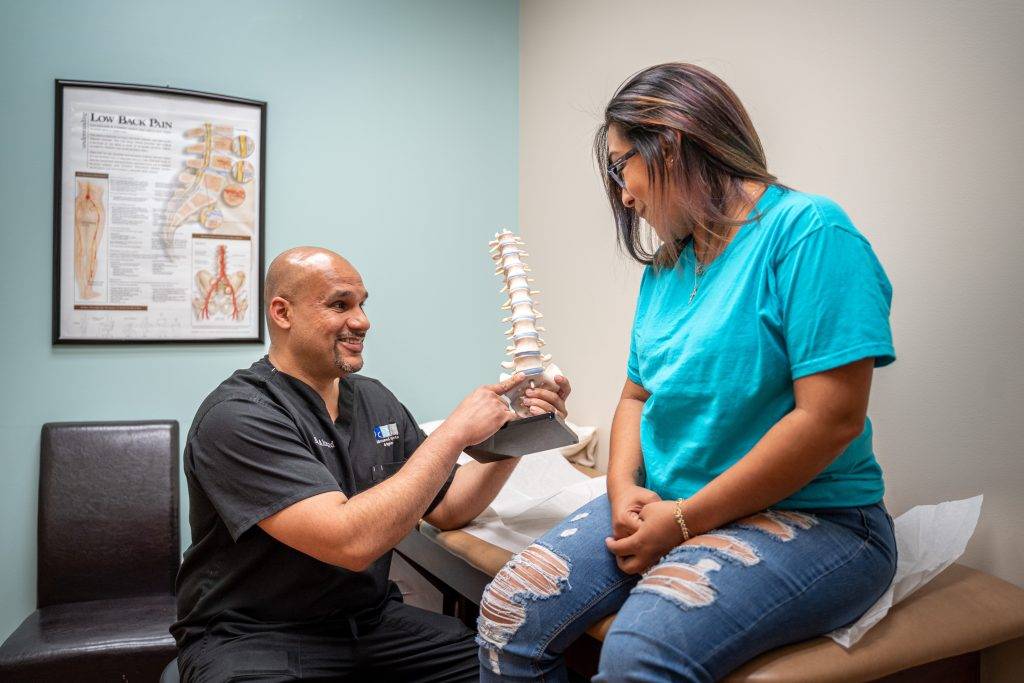
Most adults who experience lower back pain know that they need some lower back stretches. However, what most patients struggle to deal with is adherence to those stretches every day. In this post, we will share the benefits of stretching your aching back to boost your motivation to stretch and exercise as often as you can.
Our pain management practice in Charlotte aims to educate our patients about the benefits of a simple stretch beyond the pain relief it can provide. Advanced Sports & Spine provides non-surgical and non-opioid treatments for lower back pain and spine problems like a herniated disc that takes a long and painful recovery.
With the help of moderate exercises and stretches to develop strong back and hip muscles, you can prevent developing spine injuries. These physical activities can help build muscles that can support the joints and the spine. Let’s begin with the benefits of stretching so you can start moving before you experience an injury.
10 Benefits of lower back stretches
1. Increases blood flow in your muscles
Yoga is one of the best exercises because it includes stretches that help improve blood flow throughout the body. According to the American College of Physicians, yoga is the first-line treatment recommended for patients with chronic low back pain.
According to a study, daily muscle stretching opens up the capillaries in the muscles and triggers the vasodilatation of the skeletal muscle. When the capillaries in the muscles open up, more blood flows into the muscle which consequently improves its nutrient and oxygen uptake.
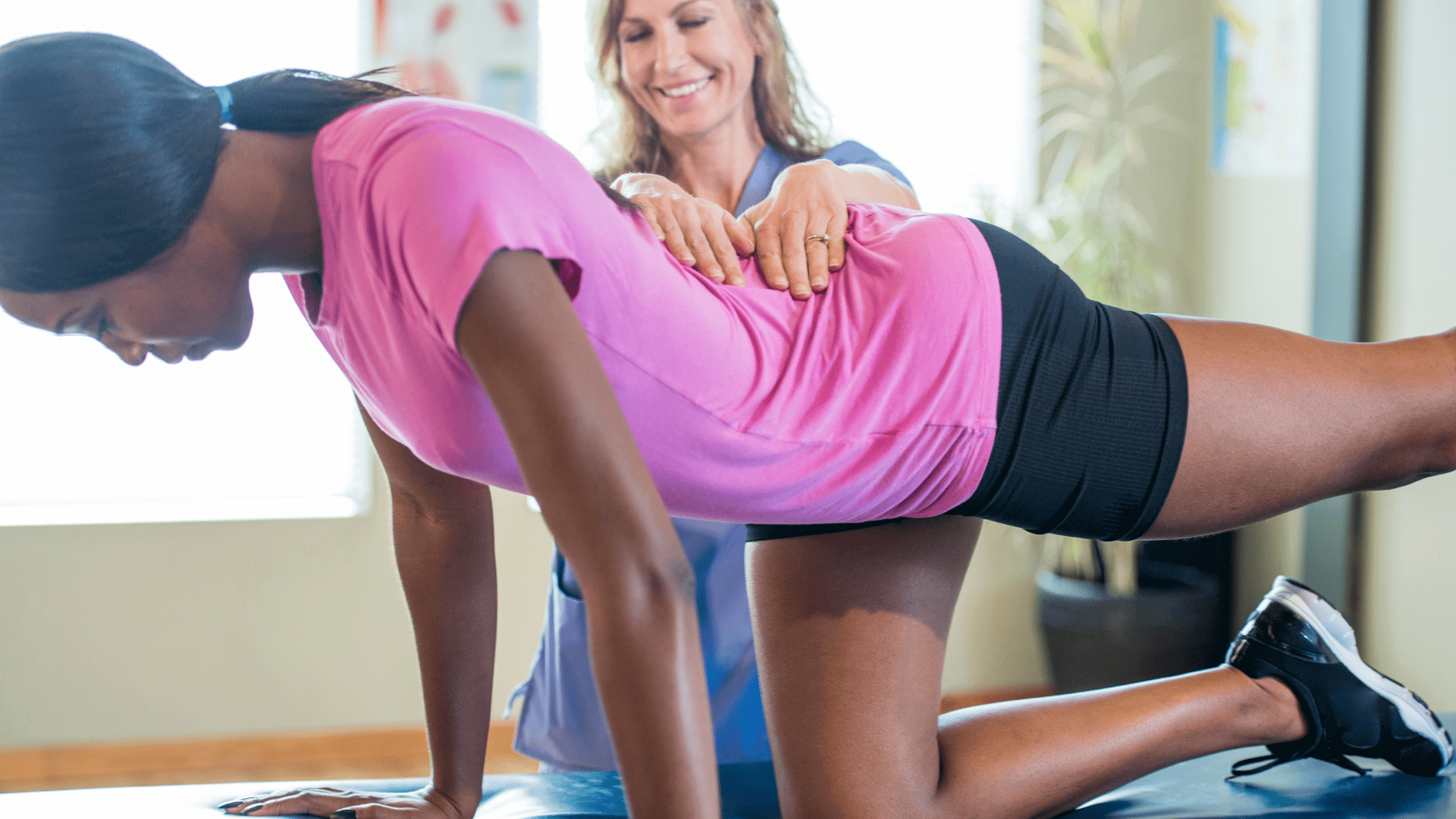
2. Improves mobility and range of motion
Physical activity also helps enhance and maintain the mobility and range of motion of patients. When your back and abdominal muscles are flexible and healthy, your hip joints and spine can also reach their maximum range of motion and fight muscle tightness.
Take well-oiled machinery as a perfect example of healthy muscle and joint coordination. The increase in the muscles’ stretch tolerance contributes to the increase of the range of motion of patients. For muscle injuries common to athletes, stretching is one of the key areas during physical therapy to restore the normal range of motion (ROM).
3. Helps prevent and treat back pain
Lower back pain can mean several things depending on the root of the pain. Prolonged sitting or overuse of hip muscles are only a few of the factors leading to lower back pain. Stretching the large muscles of the hips called glute muscles can help with joint and muscle recovery, wake up your core muscles, and lessen your risk for injury.
Before doing any extensive exercise for lower back pain, consult a pain specialist in Charlotte like Dr. Ahmad to ensure that your routine will not worsen your condition.
4. Increases your overall flexibility
Overall flexibility contributes to your ability to move faster and enjoy the maximum capabilities of your body. If your muscles are flexible, you can run faster without hitting a nerve or getting frequent cramps, even just by walking a short mile. Your hips won’t hurt when you try to hike or climb high platforms. Regular stretching will lead to flexibility, which will help you appreciate the incredible ability of your body to move and delay signs of aging.
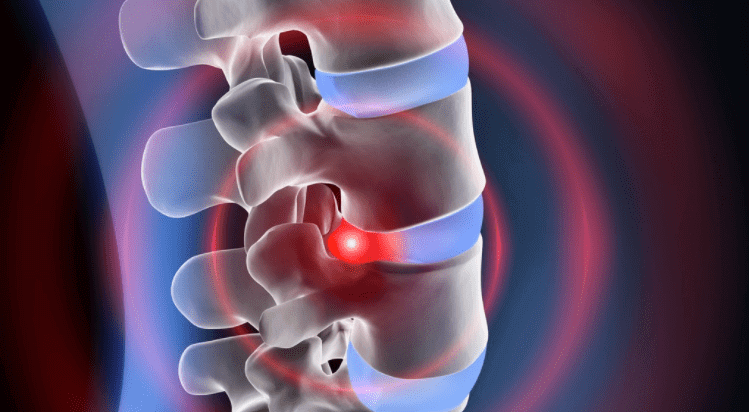
5. Saves you from joint injuries
Stretching your lower back helps strengthen your back and core muscles which aid in carrying the pressure from your upper body. When the surrounding back muscles in the spine are strong and healthy, you become less at risk for spinal stenosis, spine degeneration, or wear and tear of the cartilages around the spinal column.
Your spinal disks will also maintain their size and be safe from herniation and ruptures that can limit your mobility.
6. Reduces tension and compression buildup in your lower back
Stretching helps relieve the compression and tension in our lower back. It helps open up the spine to the opposite side and allows the cartilage covering the spinal column to heal over time. According to a study, there is also a direct association for chronic low back pain among obese and overweight patients due to the increased weight-bearing requirements of the back muscles and spine.
The importance of stretching and weight loss for patients that are overweight and obese is more crucial to help relieve the pressure from the spine and decompress the tight muscles in the hips and the back.
7. Can prevent stroke
Some researchers in Harvard also speculate that regular stretching on the lower extremities or lower half of the body presses some arteries that allow the blood to flow freely to the thighs and legs. As blood flow improves throughout the body, some chemicals are released to expand the arteries and reduce the risk of stroke in patients.

8. Relieves stress
Contrary to popular belief, stress has a physical manifestation in our body that builds up over time. In a stressed state, our breathing pattern changes unconsciously, which puts tension on our mid-back. Most of the time, our shoulders become tight, our back hunches, and our jaws clenched, leading to sore muscles running from the jaw muscles to the upper torso.
Stretching relieves these stress-tensed muscles, which will help you relax at the same time. Incorporate a breathing exercise as you relax, and you’ll feel the relief that can help you sleep well after a long day of work.
9. Accelerates muscle remodeling after an intense workout
During exercise, our body remodels itself to adapt to the increasing and more intense workout routine. Stretching is one of the factors that helps speed up the remodeling process of our body to exercise. With that, our body performance improves in a shorter amount of time and also lengthens our muscle fibers, contributing to more flexibility.
10. Aids in rapid muscle growth
According to a study at the University of Texas, muscle stretching aids in rapid muscle growth by 318%. Isometric and PNF (Proprioceptive Neuromuscular Facilitation) are among the specific types of stretches that lead to muscle growth.
Stretches for lower back pain
If you’re wondering which type of stretch can aid with your low back pain, here are some of the easy lower back stretch positions to try:
-
Back extension
Lay flat on the ground with your face on the floor. Use your elbows to support raising your head and your torso as it gently stretches upward. Stay in the stretch position for 5 seconds and return to the starting position.
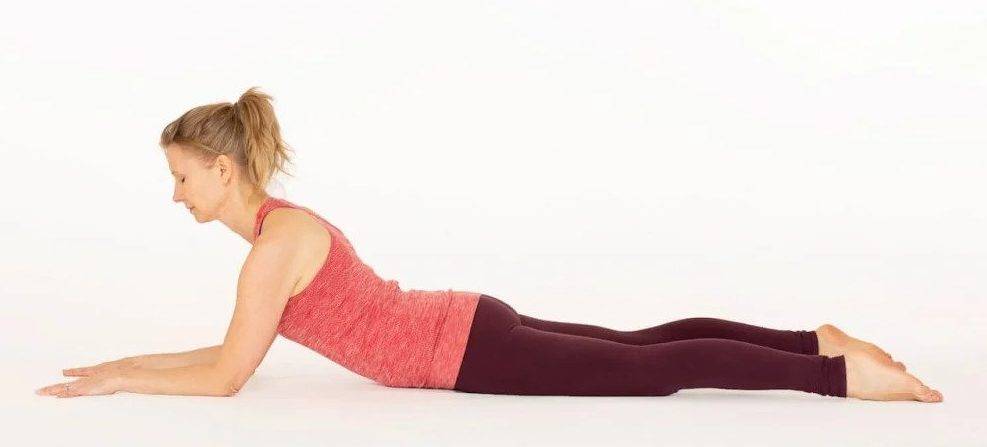
-
Gluteal stretch
Similar to the knee and chest stretch, the gluteal stretch requires your bent knee to move towards your chest. The only difference is you need to bend your knee and place it in front of the other knee. Use your hands to slowly pull the lower leg to your chest.
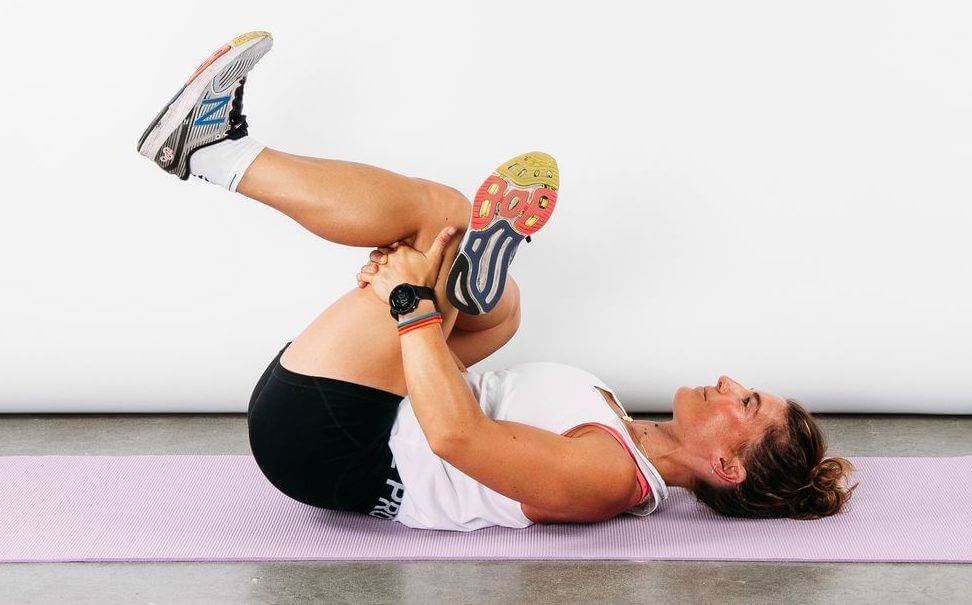
-
Cat & camel
Start on your hands and knees, with your knees bent and feet flat on the floor. Then, start bending your back like a cat stretching, then arching your back up like a camel. Repeat this exercise slowly 10 times.
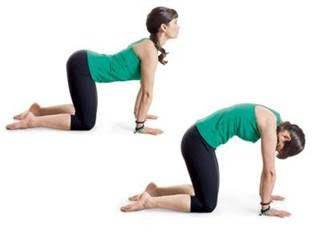
Child’s pose is also another yoga pose you may try under the supervision of a medical professional. You may check out other lower back pain exercises here to get you started.
Got stubborn low back pain? Advanced Sports & Spine can help!
Don’t let back pain limit your life. If you have chronic back pain, schedule an appointment today to learn more about your condition.
